Dangerous animals in Ireland are badgers, seagulls, and the lesser-known false widow spider. While Ireland is celebrated for its stunning scenery and friendly people, it is also home to a few creatures that can pose risks. Understanding these animals and their behaviors is crucial for staying safe. During my visit to Ireland, I learned about these animals and how to avoid potential dangers.

| Dangerous Animals in Ireland | Habitat | Potential Danger |
|---|---|---|
| Badger | Forests, Countryside | Can be aggressive if threatened, bites |
| Seagull | Coastal areas, Urban settings | Aggressive behavior, especially during nesting season |
| False Widow Spider | Urban areas, Homes | Venomous bite, causes pain and swelling |
| Lion's Mane Jellyfish | Coastal waters | Painful sting, can cause serious reactions |
| Portuguese Man O' War | Open ocean, occasionally washed ashore | Severe sting, can cause intense pain and serious reactions |
Dangerous Mammals in Ireland
Dangerous mammals in Ireland include badgers and foxes. Ireland is relatively free from large predators and venomous animals, making it one of the safer countries in terms of dangerous wildlife here. However, a few mammals can still pose a threat under certain circumstances. Understanding these risks is crucial for both residents and visitors to ensure safety while enjoying Ireland's natural beauty.
Visiting Cork? Here are Best Things to do in Cork Ireland: Awesome Places To Visit, Outdoor Activities to Do
Red Fox (Vulpes vulpes)
The red fox is widespread across Ireland and, while generally wary of humans, it can pose a danger in specific situations. Foxes are typically shy and avoid human interaction, but they may become aggressive if they feel threatened, cornered, or are protecting their young. Although cases are rare, foxes can bite and cause injuries. Rabies, while extremely rare in Ireland, is a concern with any wild animal bite.
Additionally, foxes can carry parasites such as tapeworms and roundworms, which can be transmitted to humans and pets. Tapeworms, for instance, can cause serious health issues if ingested. It’s important to practice good hygiene and ensure that pets are regularly dewormed to prevent transmission.
Foxes also have a significant presence in urban areas, where they often scavenge for food. While encounters are generally harmless, it’s advisable to avoid feeding them or leaving food waste accessible, as this can encourage bold behavior and increase the risk of encounters.
Visiting Dublin? Here are Best Things To Do In Dublin Ireland: In Depth Guide for 2024
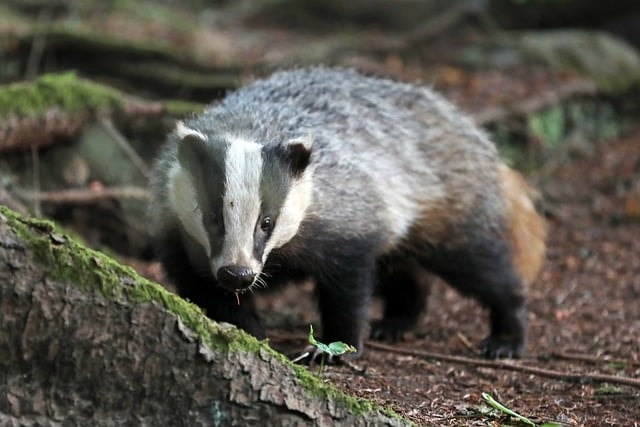
Badger (Meles meles)
Badgers are another common mammal in Ireland. These nocturnal creatures are generally shy and avoid human contact. However, badgers can become aggressive if they feel provoked or threatened, especially if their young are in danger. They have powerful jaws and sharp claws that can inflict serious injuries.
Badgers are also known carriers of bovine tuberculosis (bTB), a disease that can be transmitted to cattle and potentially to humans through direct contact or contaminated environments. This is a significant concern for farmers, as bTB can lead to severe economic losses and health risks.
While badger attacks on humans are rare, it’s important to be cautious if you encounter one. Avoid approaching or cornering badgers, and never attempt to handle them. If a badger is spotted near your property, especially during the day, it’s best to contact local wildlife authorities for advice.
Visiting Limerick? Here are Best Things to do in Limerick Ireland
Deer (Various Species)
Ireland is home to several species of deer, including red deer, sika deer, and fallow deer. These animals are generally not aggressive towards humans, but they can pose a risk during certain periods, particularly during the rutting season in autumn when males are competing for mates. During this time, stags can become highly territorial and aggressive.
Deer can cause injury with their antlers and hooves, and it’s advisable to maintain a safe distance, especially if you encounter them in the wild during the rutting season. Additionally, deer-vehicle collisions are a significant risk in areas with high deer populations. These accidents can cause severe damage to vehicles and serious injuries to both the deer and occupants of the vehicle.
To mitigate these risks, drivers should be particularly vigilant in areas known for deer activity, especially at dawn and dusk when deer are most active. Installing deer whistles on vehicles and adhering to speed limits can also help reduce the likelihood of collisions.
Where Dangerous Mammals Can Be Found in Ireland?
Dangerous mammals in Ireland are primarily found in forested areas and the countryside. Red foxes and badgers are widespread across rural regions and can often be found near farms and in woodland areas. Deer are other big game species commonly found in national parks and nature reserves, such as Killarney National Park, Glenveagh National Park, and the Wicklow Mountains.
While less common, some dangerous mammals can occasionally be found in urban areas. Red foxes are highly adaptable and can have a few places to live in cities, scavenging for food in bins and gardens. Badgers are less likely to be found in urban areas but can sometimes wander into suburban gardens, especially those near their natural habitats.
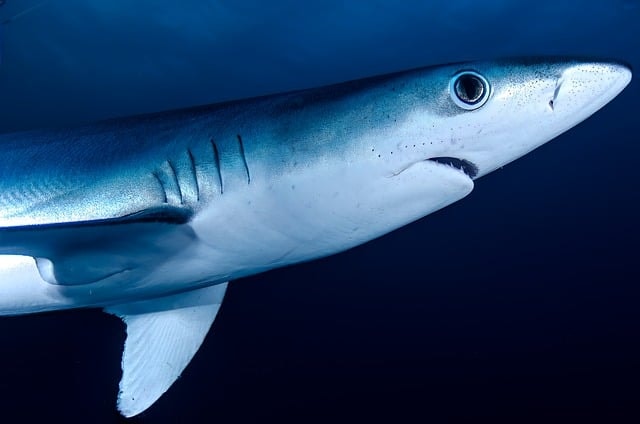
Dangerous Marine Creatures in Ireland
Dangerous marine creatures in Ireland include the lion's mane jellyfish and the Portuguese man o' war. Ireland's coastal waters are home to a variety of marine life, some of which can be dangerous to humans. While encounters with these creatures are relatively rare, it is important to be aware of the potential risks and know how to avoid and manage stings or bites.
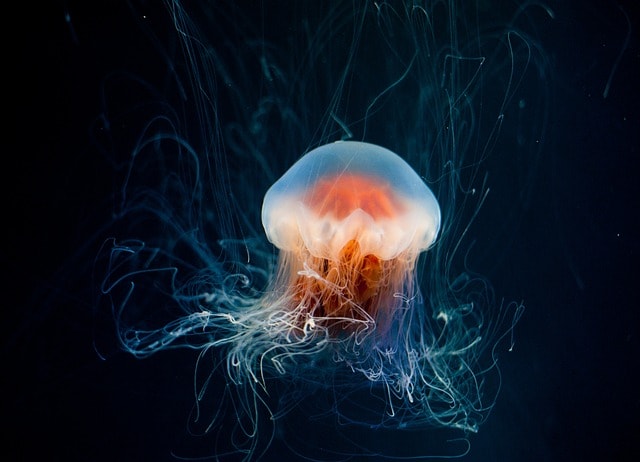
Lion’s Mane Jellyfish (Cyanea capillata)
The lion’s mane jellyfish is one of the most dangerous jellyfish found in Irish waters. Recognizable by its large, reddish-brown bell and long, trailing tentacles, this jellyfish can grow to impressive sizes. Its tentacles, which can stretch up to several meters, contain stinging cells that can deliver a painful sting.
Symptoms of a Sting
The sting of a lion’s mane jellyfish can cause severe pain, redness, and swelling at the site of contact. More serious symptoms can include muscle cramps, difficulty breathing, and even heart problems in extreme cases. The severity of the reaction can vary depending on the amount of contact with the tentacles and the individual's sensitivity to the venom.
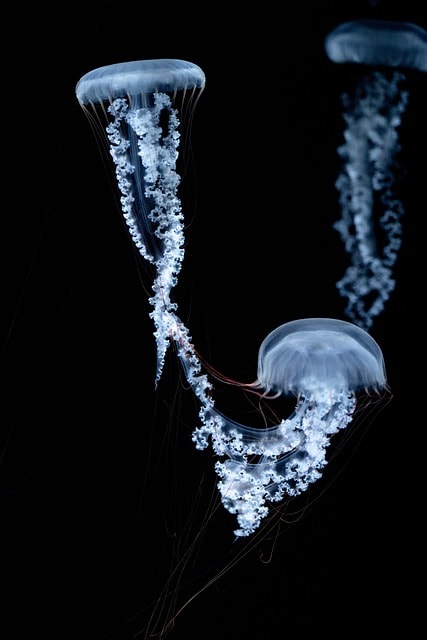
First Aid for Stings
If stung by a lion’s mane jellyfish, it is important to rinse the affected area with vinegar or seawater to neutralize the stinging cells. Do not use freshwater, as this can cause the cells to release more venom. Carefully remove any tentacles using tweezers, and immerse the affected area in hot water (not scalding) to help alleviate pain. Seek medical attention if symptoms are severe or if there are signs of an allergic reaction.
Portuguese Man O’ War (Physalia physalis)
The Portuguese man o’ war, often mistaken for an exotic jellyfish, is actually a siphonophore, a colony of specialized polyps. This creature is occasionally found off the coast of Ireland, particularly after storms. Its translucent blue or purple float and long tentacles make it easy to identify.
Symptoms of a Sting
The sting from a Portuguese man o’ war can cause intense pain and welts on the skin. In severe cases, it can lead to symptoms such as fever, shock, and anaphylactic reactions, which require immediate medical attention. The venom can affect the heart and respiratory system, making it crucial to treat stings promptly.
First Aid for Stings
Treatment for a Portuguese man o’ war sting is similar to that for a lion’s mane jellyfish sting. Rinse the affected area with vinegar or seawater, remove any remaining tentacles with tweezers, and immerse the sting site in hot water to reduce pain. It is important to monitor for signs of an allergic reaction or severe systemic symptoms and seek emergency medical care if needed.
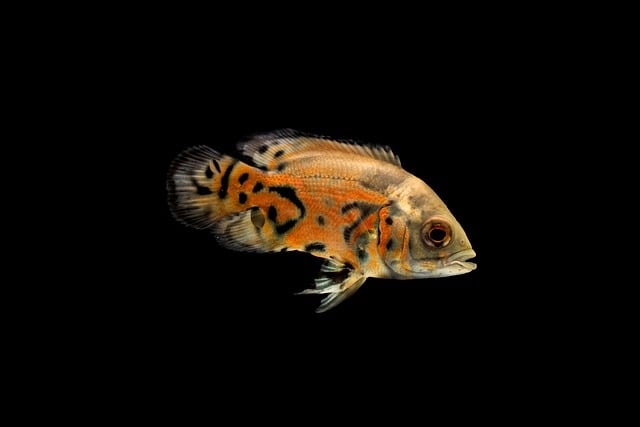
Greater Weaver Fish (Trachinus draco)
The greater weaver fish is a venomous fish commonly found in the sandy shallow waters around Ireland. It buries itself in the sand, leaving only its spines exposed, which can make it difficult to spot. Stepping on these spines can inject venom, causing immediate and intense pain.
Symptoms of a Sting
A weaver fish sting can cause extreme pain, swelling, redness, and, in some cases, symptoms such as nausea, dizziness, and fainting. The venom can lead to more serious complications if not treated promptly.
First Aid for Stings
If stung by a weaver fish, it is crucial to immerse the affected area in hot water (not boiling) as soon as possible. The heat helps to neutralize the venom and alleviate pain. Remove any visible spines carefully to prevent further venom injection. Keep the area clean and seek medical attention to ensure there are no secondary infections or complications.
Safety Measures for Swimmers and Divers
Being aware of the potential marine dangers and knowing how to identify hazardous creatures is crucial. Familiarize yourself with the appearance of lion’s mane jellyfish, Portuguese man o’ war, and greater weaver fish. Pay attention to local warnings and signage at beaches, which often indicate the presence of the most dangerous animal in marine life.
Protective Gear
Wearing protective gear such as wetsuits and water shoes can provide a barrier against stings and bites. Divers should ensure that their equipment covers all exposed skin and use gloves when handling marine life or exploring underwater environments.
First Aid Knowledge
Knowing basic first aid for marine stings and bites is essential. For jellyfish stings, rinse the area with vinegar or seawater (not freshwater), remove tentacles with tweezers, and soak the area in hot water to alleviate pain. For weaver fish stings, immerse the affected area in hot water to neutralize the venom and seek medical attention if symptoms persist.
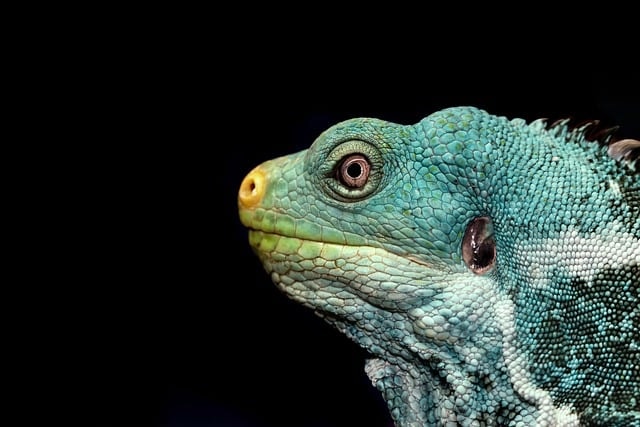
Dangerous Reptiles in Ireland
Ireland's climate and geography are not conducive to a large population of reptiles in dangerous wild, which means encounters with dangerous reptiles are extremely rare. However, there are a few species that can pose risks if encountered. Understanding these risks can help you take appropriate precautions.
Common Lizard (Zootoca vivipara)
The common lizard is the only native reptile species in Ireland. These small, nimble creatures are generally harmless to humans and are often found basking in sunny spots or hiding under rocks and logs.
Characteristics and Habitat
Common lizards are small, usually about 10-15 cm long, with brown or greenish-brown coloration. They thrive in a variety of habitats, including heathlands, bogs, and grasslands. They are often seen during the warmer months, especially in areas with abundant vegetation and ample sunlight.
Potential Risks
While common lizards are not inherently a dangerous animal, they can bite if handled improperly. Their bites are not venomous but can cause minor pain and potentially lead to infection if not treated properly. The risk of encountering a common lizard bite is minimal, and these creatures generally avoid human interaction.
First Aid for Bites
If bitten by a common lizard, clean the wound thoroughly with soap and water to prevent infection. Apply an antiseptic and a clean bandage. Monitor the wound for signs of infection, such as redness, swelling, or pus. Seek medical attention if any symptoms of infection appear.
Adder (Vipera berus)
The adder is a venomous snake species that is not native to Ireland but has been spotted on rare occasions, likely introduced accidentally. This snake is more commonly found in parts of Britain and mainland Europe.
Characteristics and Habitat
Adders are relatively small snakes, typically 60-80 cm in length. They have a distinctive zigzag pattern along their backs, which makes them easily identifiable. Adders prefer habitats such as heathlands, moors, and woodland edges, where they can find cover and bask in the sun.
Potential Risks
Adder bites can be dangerous, especially to young children, elderly individuals, and those with compromised health. The venom can cause pain, swelling, and, in severe cases, systemic symptoms like nausea, dizziness, and difficulty breathing. Although fatalities from adder bites are extremely rare, immediate medical attention is necessary to manage the effects of the venom.
First Aid for Bites
If bitten by an adder, it is crucial to remain calm and immobilize the affected limb to slow the spread of venom. Keep the bite area below heart level if possible. Seek immediate medical attention. Do not attempt to suck out the venom, apply ice, or use a tourniquet. These actions can worsen the injury.
How to Stay Safe from Dangerous Animals
Staying safe from the most dangerous animals here in Ireland involves being informed and prepared.
Awareness and Education
Educate yourself about the wildlife in the areas you plan to visit. Knowing which animals are present and their potential dangers can help you avoid risky encounters. Local wildlife guides, parks, and tourism websites can provide valuable information.
Respect Wildlife
Always respect wildlife and their habitats. Do not approach or attempt to feed wild animals. Maintain a safe distance dangerous wild animals, especially from mammals like deer and badgers, and avoid disturbing marine creatures.
Use Protective Gear
When engaging in outdoor activities such as hiking, camping, or swimming, use appropriate protective gear. Wear sturdy shoes to prevent bites from reptiles and insects, and use wetsuits and gloves for water activities to protect against marine stings and bites.
Be Prepared for Emergencies
Carry a first aid kit with supplies to treat bites and stings, including antiseptic wipes, tweezers, and pain relief medication. Know the location of the nearest medical facility and have a plan for contacting emergency services if needed.
FAQs On Dangerous Animals in Ireland
Are there any dangerous snakes in Ireland?
Ireland does not have native venomous snakes, but the adder has been spotted on rare occasions. Adder bites require immediate medical attention.
What should I do if I encounter a badger?
If you encounter a badger, maintain a safe distance and do not provoke it. Badgers can be aggressive if threatened.
How can I avoid jellyfish stings while swimming?
To avoid jellyfish stings, swim in designated areas with lifeguards, avoid swimming after storms, and wear protective gear like wetsuits.
Are foxes dangerous to humans in Ireland?
Foxes are generally wary of humans but can pose a danger if they feel threatened or cornered. They can also carry parasites that are very dangerous wild animal and harmful to humans and pets.
What should I do if I get stung by a weaver fish?
If stung by a weaver fish, immerse the affected area in hot water to neutralize the venom and seek medical attention if symptoms persist.
